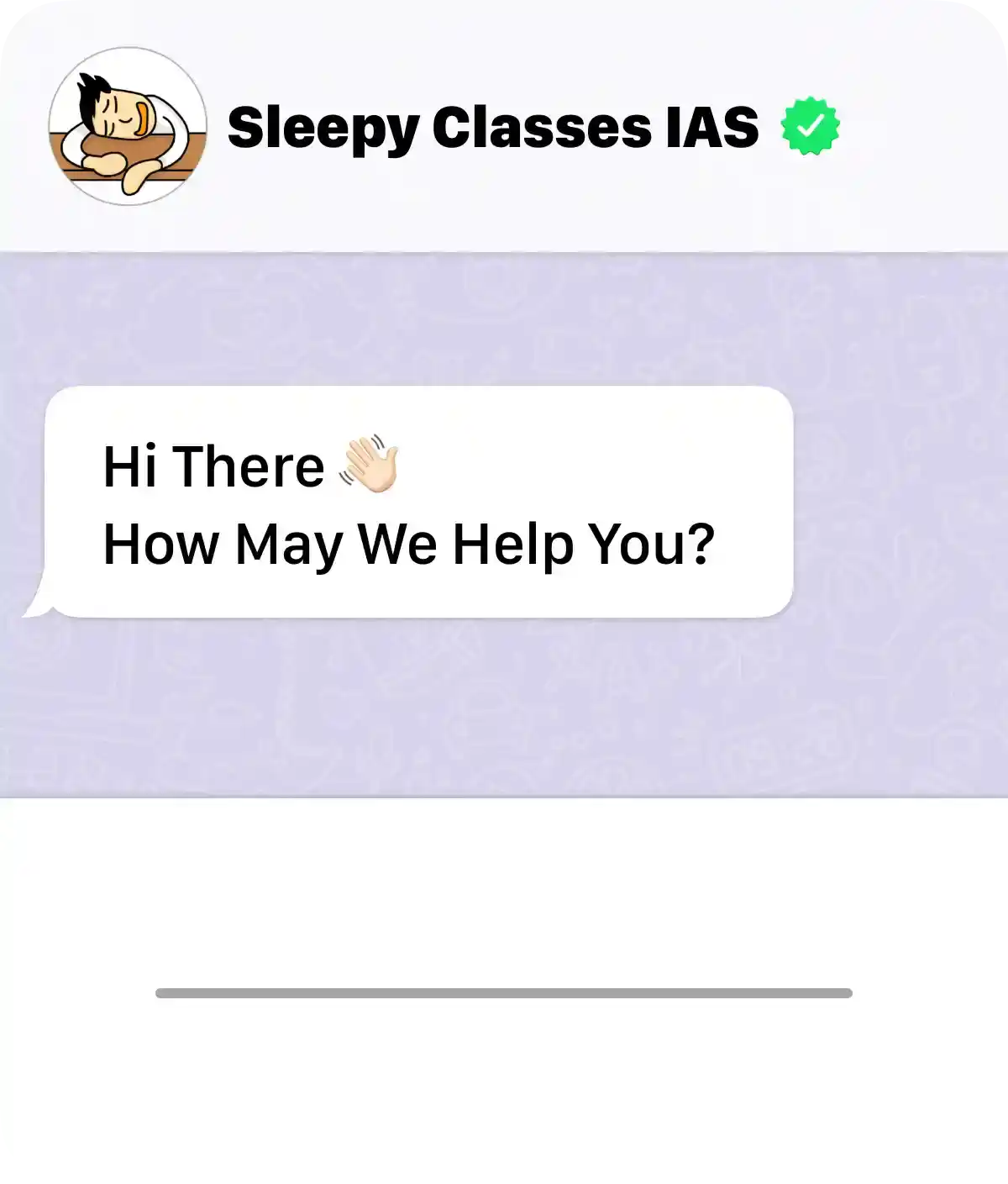Introduction to Transgender Rights and Title IX
Transgender Rights have become a defining civil rights issue of the 21st century, especially in educational institutions. Title IX of the Education Amendments of 1972, a federal law prohibiting sex-based discrimination in any education program or activity receiving federal financial assistance, has long been a cornerstone of protecting student rights in the United States. However, the interpretation of “sex” under Title IX has evolved with political administrations, most notably under the Trump administration, which introduced a controversial shift that limited protections for transgender students.
This change sparked intense debate across political, legal, and educational domains. As we explore the implications of the Trump-era Title IX decision, it becomes clear that the battle over Transgender Rights in education reflects broader societal tensions surrounding gender identity, legal interpretation, and the role of government in upholding civil rights.
Understanding Title IX: A Civil Rights Foundation
Title IX was designed to ensure that no student is discriminated against on the basis of sex. Over time, courts and civil rights advocates have increasingly interpreted “sex” to include gender identity and sexual orientation. This broader interpretation culminated in policies during the Obama administration, which issued guidance affirming that transgender students were entitled to protections under Title IX, including the right to use bathrooms and participate in sports consistent with their gender identity.
These protections aligned with a growing recognition of Transgender Rights across U.S. institutions and were supported by legal precedents such as G.G. v. Gloucester County School Board, a landmark case that drew national attention to bathroom access for transgender students.
The Trump Administration’s Reversal
In 2017, the Trump administration rescinded the Obama-era guidance on transgender students. The Department of Education and Department of Justice jointly issued a “Dear Colleague” letter stating that the previous interpretation of Title IX did not carry the force of law. The administration asserted that Title IX referred strictly to biological sex assigned at birth, not gender identity.
This rollback had far-reaching consequences. Many schools were left uncertain about how to support transgender students. Legal challenges emerged, advocacy groups protested, and civil rights organizations condemned the move as a step backward in the fight for equality.
The Trump-era interpretation also led to policy changes in areas such as athletic participation, where transgender students were barred from competing in alignment with their gender identity in certain states. For a deeper dive into how laws evolve through political influence, Sleepy Classes offers expert courses on governance and public policy.
Impact on Students and Educational Institutions
The shift in Title IX enforcement created an environment of legal ambiguity and emotional distress for many transgender students. Reports from organizations like the American Civil Liberties Union (ACLU) and Human Rights Campaign (HRC) documented increased cases of bullying, mental health crises, and academic disruptions among affected students.
Educational institutions found themselves navigating a complex landscape of state laws, federal guidelines, and court rulings. Some states, such as California and New York, maintained inclusive policies for transgender students regardless of federal changes, while others enacted more restrictive measures.
For educators and policymakers, the need for clear and inclusive policy frameworks became increasingly urgent. Understanding the intersection of law and identity is crucial for building equitable educational systems. Courses on constitutional law and civil rights can provide vital insights for those pursuing careers in public administration or social justice.
Legal Challenges and Evolving Jurisprudence
Despite the Trump administration’s stance, several court rulings contradicted its interpretation. Most notably, the U.S. Supreme Court’s 2020 decision in Bostock v. Clayton County held that Title VII of the Civil Rights Act protects employees against discrimination based on sexual orientation or gender identity.
While Title VII applies to employment and not education, the ruling influenced how courts approached Title IX cases. Subsequent judgments began affirming that gender identity falls under sex-based protections. Organizations like LGBTQ+ advocacy groups and legal analysis from Cornell Law School have contributed to this ongoing legal discourse.
As of the Biden administration, the Department of Education has reinstated protections for transgender students under Title IX, signaling a renewed federal commitment to inclusive education. However, legal and political challenges continue at the state level, reflecting ongoing tensions.
The Global Relevance of Transgender Rights in Education
Transgender Rights in education are not unique to the United States. Countries such as Canada, Argentina, and Norway have implemented progressive policies affirming gender identity in schools. In contrast, other nations have faced criticism for discriminatory laws and lack of protections.
The U.S. experience, particularly the shifts under different administrations, provides valuable lessons for international human rights advocates. Emerging democracies and education reformers can analyze these developments when designing inclusive policy frameworks.
For global learners and aspiring civil servants, understanding comparative education policy and human rights legislation is essential. Platforms like Sleepy Classes provide accessible resources to explore these complex topics in depth.
Lessons for Policymakers and Educators
The Trump administration’s Title IX reversal underscores the importance of legal clarity, stakeholder engagement, and the moral responsibility of educators. Key takeaways include:
- Policy Stability: Frequent reversals of civil rights protections undermine trust and well-being among vulnerable student populations.
- Judicial Oversight: Courts play a crucial role in interpreting civil rights laws and must remain vigilant in upholding protections.
- Community Engagement: Inclusive education policies must be developed in consultation with students, families, educators, and advocacy groups.
- Training and Awareness: Schools should invest in staff training and curriculum development to foster inclusive learning environments.
Ultimately, defending Transgender Rights in education is about more than just bathrooms or sports teams—it’s about affirming every student’s right to learn in a safe and respectful environment.
Final Thoughts
The battle over Transgender Rights in education reveals the enduring struggle between progress and resistance in the pursuit of equality. The Trump administration’s interpretation of Title IX was a defining moment that catalyzed legal action, community advocacy, and policy introspection.
As society continues to evolve, the resilience of transgender students and their allies remains an inspiring force for change. Upholding their rights is not just a legal obligation but a moral imperative that reflects the core values of education and democracy.
For those looking to deepen their understanding of educational equity, human rights, and law, platforms like Sleepy Classes offer insightful content to help you stay informed and engaged.


